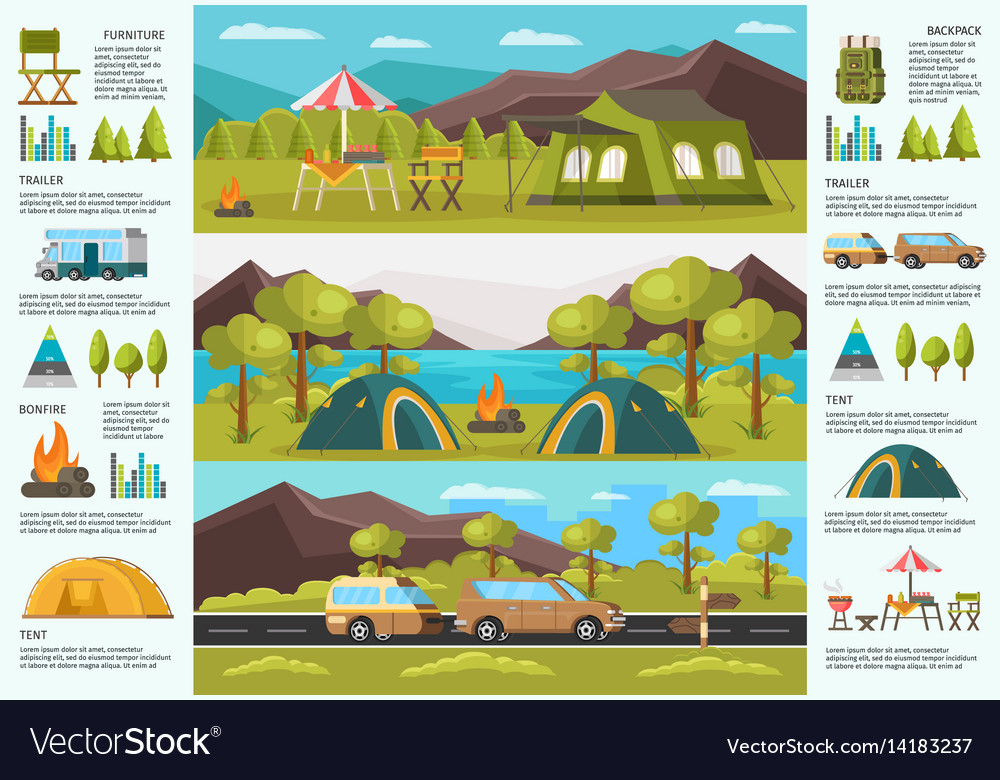As outdoor camping developed to show a wider cultural shift toward mindfulness and sustainability, outdoor tents layout did the same. Whether it's through intuitive configuration options or the application of Fitts' Legislation, modern-day tent design continues to innovate and broaden camper's choices for exterior exploration.
The wedge outdoor tents, also known as a wall camping tent, can be created by putting up the ridgepole atop upright poles and loosely staking down each side. This enables even more living and walking around room than an A-frame tent.
The A-Frame
One of one of the most legendary camping tent layouts is a conventional A-frame. This framework takes its name from its roofline, which appears like the capital letter A. This shape produces a vaulted ceiling that provides an open, sizable sensation inside the home. The sloping walls also make second-level loft rooms perfect for sleeping.
In the past, a good scout could set up a canvas A-frame camping tent in 2 minutes or less. A contemporary A-frame cabin can use the same simplicity of installment, however with much better weather condition security and more functional area.
A-frames are an excellent example of functional design, which highlights minimizing the complexity of a product so that it can be more quickly comprehended and utilized. Today, UI/UX developers use this principle to craft instinctive interface that permit customers to attain their objectives with optimal performance. This strategy mirrors the A-frame's beginnings as an option to human requirements. The simplicity of A-frames also reflects a desire for outdoor experiences that balance technological development with a deeper connection to nature.
The Wedge
Whether you are new to wall camping tents or are an experienced camper, picking the right structure for your canvas sanctuary can feel like an overwhelming experience initially. With many choices for fabric, frames and degrees of defense from the aspects to take into consideration, you can conveniently get lost in a sea of jargon.
Thankfully, browsing the world canvas handbag of wall surface camping tents doesn't have to be so challenging. We've established our very own system to help you streamline your choices. With our straightforward Wedge model, we've gotten rid of the demand for complicated textile and framework selections so you can spend even more time appreciating your journey and much less time fretting about your shelter.
The Baker
The baker camping tent is a changed lean-to design tent. It is an extremely adaptable and beneficial sanctuary that can be whized tight against the aspects or opened up to allow in the warmth of a reflector campfire. The baker was the camping tent of option of several logging camps and wild canoe adventurers in the 1800's. The baker camping tent also acquired notoriety in the early 1900's when across the country recognized outside author Horace Kephart used a baker tent at his famous base camp on Dicks Creek in North Carolina.
Picking the ideal interior frame, tube dimension and construction is an essential factor in establishing the stamina of your wall surface camping tent and just how it will manage transforming weather conditions. On top of that, a considerable part of your wall camping tent's long life and functionality is established by the treatment that it has undergone. Bravo's bonded steel internal structures are constructed utilizing premium 1 3/8 inch galvanized tubes and strong bonded angle packages that are supported for additional stamina.
The Whelen
In a time of enhancing industrialization and urbanization, camping was a stepping back to standard nature appreciation. It provided a chance to value imperfections in products and crookedness of the landscape, to embrace the transience of day-to-day rhythms of increasing, moving, sleeping, and relaxing, and to connect with the environment at a greatly human degree.
Early tent designs were crafted with an eye to economic climate of area and weight, yet we have actually seen an abandonment of these conservative concepts towards larger, gangly layouts that take longer to set up, need more careful preparation of the impact, and offer less in regards to climate security. This way, the contemporary camping tent shows a societal change far from technical improvement and towards mindfulness, sustainability, and gratitude for a more environment. Similar to tents, UI/UX layout is also fixated conference human needs. Fitts' Regulation, as an example, instructs us to focus on the size and proximity of interactive elements in order to promote quicker and a lot more efficient individual interactions.
